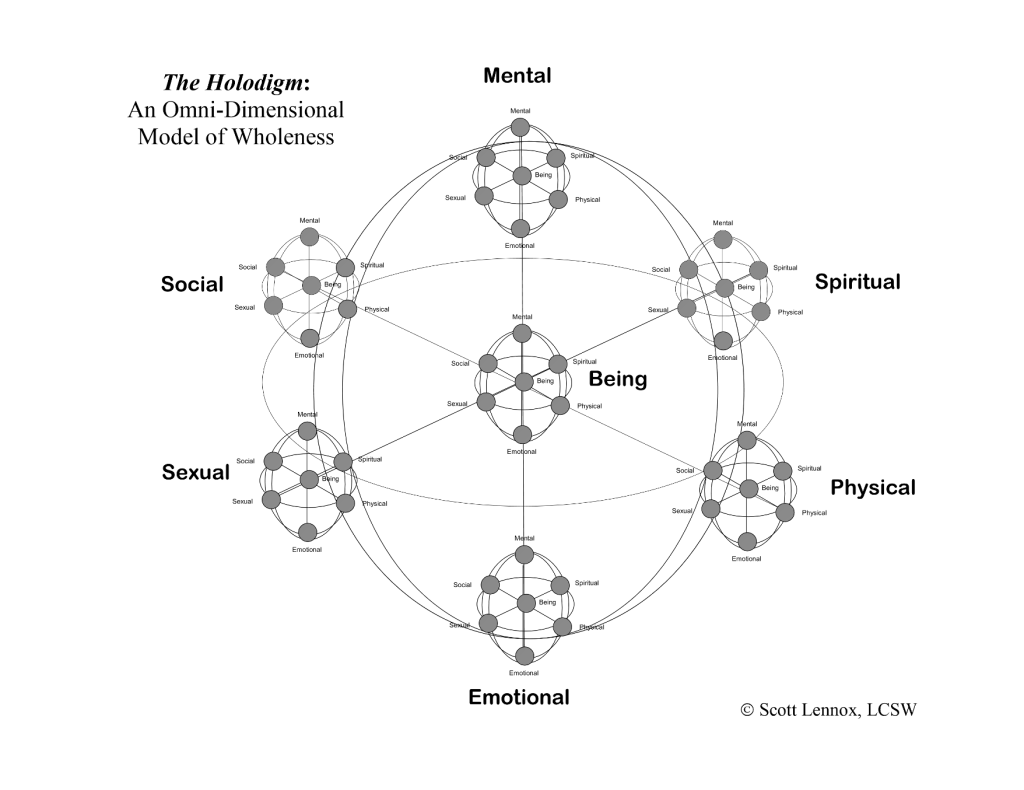What Are You Dreaming?
[ theme music rises ]
It’s been said that better questions lead us naturally to better answers, and that it’s in not knowing that we open the doorway to knowing. I’m Scott Lennox and you’re listening to The Beautiful Question, a consideration of things that truly matter in a complex world.
[ brief pause ]
There are sleeping dreams and waking dreams. There are lucid dreams and even sacred dreams. The trick is to know which one we’re experiencing.
Join me this week as we consider the nature of dreams and what happens when we take control of them.
[ brief pause as theme music fades ]
This morning, I woke from a rather amazing sleeping dream into this equally amazing three-dimensional waking one. The contrast was so strong that I was moved to an even greater consideration of the nature of dreams on both sides of what we might call reality.
Our sleeping dreams can be terrifying, or they can delight and entertain us. They can serve as mental and emotional garbage disposals, or they can point out things we weren’t consciously aware of. In sleeping dreams, we’re capable of the most fanciful things. We can fly through the air without wings. We can fall in love and grow old or talk to people who passed from this world more than a hundred years ago. We can move back and forth in time or travel to distant places, even distant planets or galaxies. We can even become an entirely different person than we are in our waking life.
It excites me that in the sleeping dream, anything and everything can be possible, yet it’s in the waking dream that we live out our everyday lives.
In this three-dimensional waking dream, we take real steps to make real things happen in real ways that have real consequences or real rewards. We can experience beauty and wonder and mystery. We can learn and grow and love in ways that defy language or description. We can touch the lives of those around us in ways that are profound and unforgettable. We can encounter the truly mysterious.
The list of possibilities is inexhaustible.
[ brief pause ]
As different as they are, however, we sometimes find ourselves crossing a bridge between the sleeping dream and the waking dream where each has an effect on the other.
I’ll share an example with you.
Thirty years ago, I had the same life-changing dream two nights in a row. The second one began where the first one did but went farther, revealing more than the one before it. In each of them, I was sitting on the ground in an endless prairie on a warm day while a vast herd of buffalo grazed peacefully on the distant hills. In front of me, in complete silence, sat a wise Native American grandmother with deeply expressive eyes and beautifully weathered hands.
When she used her finger to draw a circle and two crossed lines in the dirt between us, I immediately knew it to be what some call the Medicine Circle. Intuitively, I understood that it represented the collective wisdom of indigenous people and held within it the timeless understanding of how to walk in balance and beauty on the earth—how to live well.
For reasons I still can’t put into words, watching her draw it made me tremble and I felt a surge of energy rush up my spine and out the top of my head.
[ brief pause ]
When I awoke from the second dream, I opened my journal and drew what I had seen. I also wrote several pages of notes about what the grandmother had shown me. In the dream, the flat figure she drew rose from the dirt and hovered in the air between us. Slowly rotating, it transformed into a swirling sphere that had six smaller spheres orbiting around it and one vibrating at the center, not unlike the structure of an atom. As soon as I saw it, it transformed again, becoming endlessly complex, and yet remarkably simple.

The Holodigm, by Scott Lennox
[ View Larger Format ]
That omni-dimensional image ultimately became The Holodigm, the subject of my master’s thesis in Social Work. After two years of research and writing, and based on my dreams, I presented a new and fully-integrated model of human functioning that was accepted with no changes by my committee and by my university.
Now, thirty years later, The Holodigm is central to how I think and how I engage as a counselor—central, in fact, to how I engage with myself and with others in the world. Over time, and with much focus and consideration, that sleeping dream from so long ago has become an integral part of my waking dream—my everyday life.
[ brief pause ]
That brings me to the matter of the Sacred Dream.
Without framing it in the terms of a particular philosophy or ideology or religious tradition, have you ever stopped to ask yourself about the nature of your purpose, the purpose for your being alive? Putting that another way, have you asked yourself (as much as you can know it), “What is the best and highest way for me to live the life I have been given?”
In last week’s episode, I talked about how caterpillars transform into butterflies and shared that the process seems alchemical to me. As it happens, I’m right about that. Our word alchemy comes from the Arabic term al-khimia, which means “the art of transformation.”
Our own experience can be no less transformative than a caterpillar becoming a butterfly. As long as there is breath in us, as long as we have the ability to think and choose, we have the power in each moment to transform our lives in ways that are meaningful and in harmony with who and what we are as human beings.
I think of the long and exhausting years I spent feeling angry and refusing to forgive anyone, including myself. That way of living is not at all in harmony with what I know to be true about myself. It certainly had nothing to do with living in a sacred or life-honoring way. And the more I acted in the ways I did, the more distant and separated I felt from myself. If nothing had changed, I knew it wasn’t going to end well.
Choosing to let go of the past and taking loving responsibility for my life began a process of transformation that could not have happened had I not been willing to surrender to it. Choosing to forgive myself and others led to living with a sense of purpose and meaning—my sacred dream, if you will. I’ve told more than a few people that the life I am living now stands in such sharp contrast to the way I lived before that it’s hard not to see my former life as a bad dream.
I’m glad now to awaken every morning into this one.
[ brief pause ]
This week’s three Beautiful Questions look at dreams past and present and future.
Question One: What might you have dreamed that caused a change in the life you are living now?
Question Two: In what ways is the life you are living a waking dream?
Question Three: If you were going to dream a healthier life for yourself, what would be happening in that dream and what steps would take you there?
After you’ve pondered a while, write and tell me what your considerations reveal to you. I’d love to hear about it.
[ brief pause ]
As I say each week,
My Light with Your Light!
[ theme music & sign-off ]
Thank you for joining me in these podcasts as we keep doing the things we can to respond to life in increasingly effective ways. As always, I’m open to your comments and feedback.
You can be further inspired by visiting my friends at Kosmos Journal. That’s K O S M O S Journal. Their mission is to inform, inspire, and engage global transformation in harmony with all life. You can easily find them online at Kosmos Journal dot O R G.
And at thebeautifulquestion.com, you can read the illustrated transcript of each podcast as you listen. You’ll also find an archive of all previous podcasts, including episodes three and four, guided relaxation audios that can help you practice letting go on a daily basis.
If you find these podcasts useful, don’t hesitate to share them or tell others about them. That’s a great way of helping me get a voice of calm and collaboration and balance and encouragement out into the world.
[ brief pause ]
I’m Scott Lennox, and this has been The Beautiful Question.
[ brief pause ]
The Beautiful Question is a One Light production, written, produced, and engineered by Scott Lennox at HeartRock Studios in Fort Worth, Texas, as a way of paying forward to life, being fully present, becoming better engaged with things that truly matter in a complex world, and committing to a healthier future for all of us.
